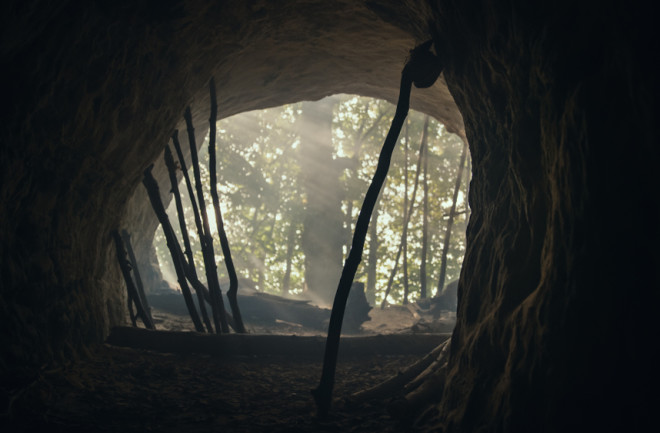Deep in southern France, near the small town of Malataverne, is a limestone cave called Grotte Mandrin. And it has housed Neanderthal and human history for over 100,000 years. As more of a shelter, the cave withstood the hands of time because of its location.
The mistral — a famous French northwesterly wind that blows in each winter from the Gulf of Lion — has covered the cave with layers of dust, frozen in time to preserve what lies beneath.
Grotte Mandrin Neanderthal Cave Location
It’s also the place where Neanderthals and humans came together in Europe, says Ludovic Slimak, an archaeologist and director of the Grotte Mandrin project. Archaeological layers hidden beneath the cave show us that around 50,000 years ago, humans made their first incursion into the cave.

